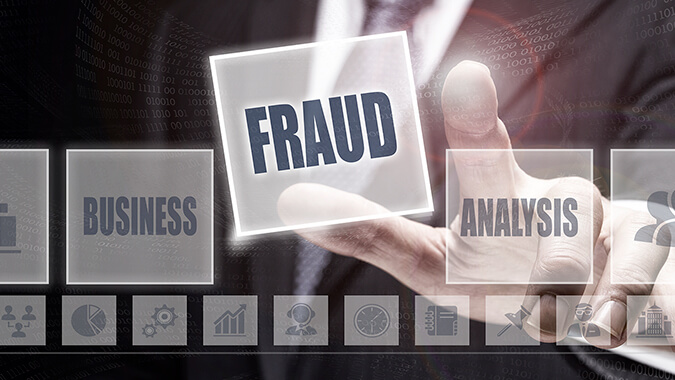
Six Key Considerations when Filing a Business Interruption Claim
- Published
- Feb 22, 2021
- By
- Hubert Klein
- Topics
- Share
Business interruption is an unfortunate occurrence, but should be part of your business plan. In filing business interruption claims, it is absolutely vital to submit a credible claim and minimize the potential for the claim process to become adversarial or having your claim denied. While going through the process, there are six key points to follow.
1. Create a response team that is responsible for handling the claims in order to increase the validity of the claim. The response team should have the following duties to reduce the insurance company disputing the claim:
- Reviewing the insurance policy (see point 2);
- Communicating with your insurance firm (see point 3 for a more in-depth analysis);
- Implementing a best practices procedure in order to systematically and efficiently collect and organize relevant information (see point 4 for a more in-depth analysis);
- Review any and all mitigation efforts. Keep clear records showing mitigation attempts as these will enhance your claim (see point 5 for a more in-depth analysis); and
- Consider the benefits of hiring an outside consultant or expert during the process in terms of cost and time efficiency (see point 6 for a more in-depth analysis).
2. Have the response team review your insurance policies at an in-depth level to determine the type of damages covered by your insurance firm and the available recovery options. Different types of insurance that may have include, but are not limited to, general business interruption, communicable disease coverage, civil authority, contingent business interruption, trade and supply chain disruption, general liability, and force majeure. Furthermore, the team should review all available government -- both state and federal -- funding available and how they work with the insurance policies.
3. Have clear and open conversations with your insurance carrier throughout the entire process, from the initial request for funds through your finalizing of the claim, to make the process as smooth as possible. It is easy to write off your insurance carrier and agent as adversaries, but it is important to remember that this is still a business relationship. Through being transparent and readily available to answer any and all questions, the relationship between you and your carrier is positively maintained, increasing your company’s credibility and reputation while simultaneously reducing the possibility of the claim becoming adversarial.
4. Establish best practices to systematically identify, collect, and organize relevant information that can be provided to your insurance carrier to support your business interruption claim.Important information can include:
- Lost sales;
- Unexpected costs;
- Profits generated from mitigating efforts vs. normal profits;
- Extra expenses incurred as a direct result of the loss event; and
- Projections for the loss period created prior to the loss event.
In building the framework to compare the revenues and profits anticipated pre-loss event, the response team should focus on historical trends and results, projections, impacts of seasonality, and any recent changes or investments in the business that would have allowed for increased sales.
5. Identify potential mitigation efforts to minimize disruption to the business. Most insurance policies have clauses requiring the insured to take appropriate steps to reduce the impact of the loss event. Examples of mitigating efforts would be a restaurant that can no longer sit diners shifting to a take-out and delivery model, or a manufacturing company finding new suppliers when an issue down the supply chain occurs. It is important to keep records of any increased costs associated with the mitigation efforts and how the costs and sales offset to the profits.
6. Consider hiring an outside expert to help develop systems and procedures to report the business interruption claim. Reporting these claims is often a multistep process, where you are required to report bi-weekly, monthly, or quarterly. In establishing an efficient reporting process from the beginning, it emphasizes to your insurance carrier that this is a collaborative and transparent effort, adding credibility to your claim. This is further bolstered by hiring an outside consultant or expert, showing that you are dedicated to making the ongoing processes run as smooth as possible. The expert also adds the benefit of ensuring that all reporting processes cover relevant clauses in your different policies and can highlight different government relevant government funding.
Through following these steps, your business interruption claim process should run as smoothly as possible. Though the entire ordeal is a stressful time, keeping a clear schedule and transparent records will make submitting your claim significantly easier and more organized.
The EisnerAmper team understands that most firms are going through unprecedented times and are here to assist in any ways possible.
What's on Your Mind?
Start a conversation with Hubert
Receive the latest business insights, analysis, and perspectives from EisnerAmper professionals.












